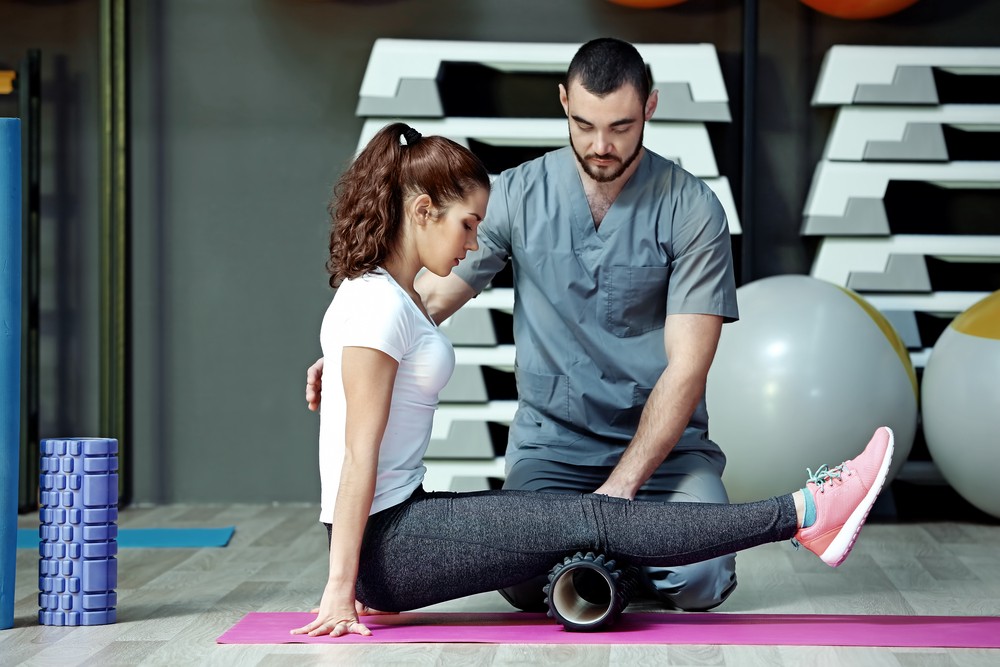Learning Frequent Sports Injuries and Efficient Recovery Strategies aimed at Athletes
Learning Frequent Sports Injuries and Efficient Recovery Strategies aimed at Athletes
Blog Article
Sports traumas are frequent among athletes of all ages and skill levels. These traumas can occur in multiple types, including ligament injuries, muscle injuries, fractures, and tendonitis. Understanding the types of injuries that can happen during athletic activities is essential for both avoiding and care. Ligament injuries, for instance, involve the stretching or tearing of connective tissues, which link skeletal structures at a articulation. Strains, on the other hand, impact muscles or tendons, which connect muscles to bones. Identifying these traumas early can help athletes seek appropriate treatment and come back to their sport more quickly.
One of the most frequently observed traumas in athletics is the foot ligament injury. This injury often occurs when an athlete lands awkwardly or rotates their foot during a match. Signs of an foot ligament injury include discomfort, swelling, and difficulty walking. Prompt treatment typically includes the R.I.C.E. method, which stands for Rest, Ice, Compression, and Elevation. This approach helps reduce inflammation and discomfort. In more severe situations, rehabilitative treatment may be necessary to regain strength and flexibility to the ankle before going back to sports.
Another common trauma is a muscular strain, which can occur in any athletic activity that requires sudden actions or heavy weight-bearing. Sportspeople may suffer a muscle strain when they extend a muscle too much or when they exert too great force. Symptoms include acute pain, swelling, and muscle contractions. Recovery for muscular injuries often entails gentle flexibility exercises and conditioning workouts. Slowly raising exercise levels is crucial to avoid recurrence. Sportspeople should work tightly with a rehabilitative specialist to develop a safe and effective rehabilitation plan.
Tendon inflammation is another injury that can impact sportspeople, particularly those who engage in repetitive movements, such as runners or aquatic athletes. This issue happens when a tendon, which links muscle to bone, gets swollen. Frequent locations affected by tendonitis include the elbow, upper arm, and knee. Signs often include discomfort and rigidity, especially during movement. Treatment for tendon inflammation usually involves recovery, cooling, and pain-relief drugs. In certain situations, physical treatment may be recommended to enhance mobility and sports injury rehabilitation protocols power in the injured region.
Avoiding sports injuries is just as important as treating them. Athletes can reduce their risk of injury by warming up correctly before activities, using the right equipment, and keeping good fitness shape. Power training and stretching exercises can help prepare the body for the requirements of athletics. Additionally, athletes should listen to their bodies and take rest when necessary. By comprehending common athletic traumas and implementing efficient recovery strategies, athletes can remain healthy and participate in their favorite athletic activities for years to follow.